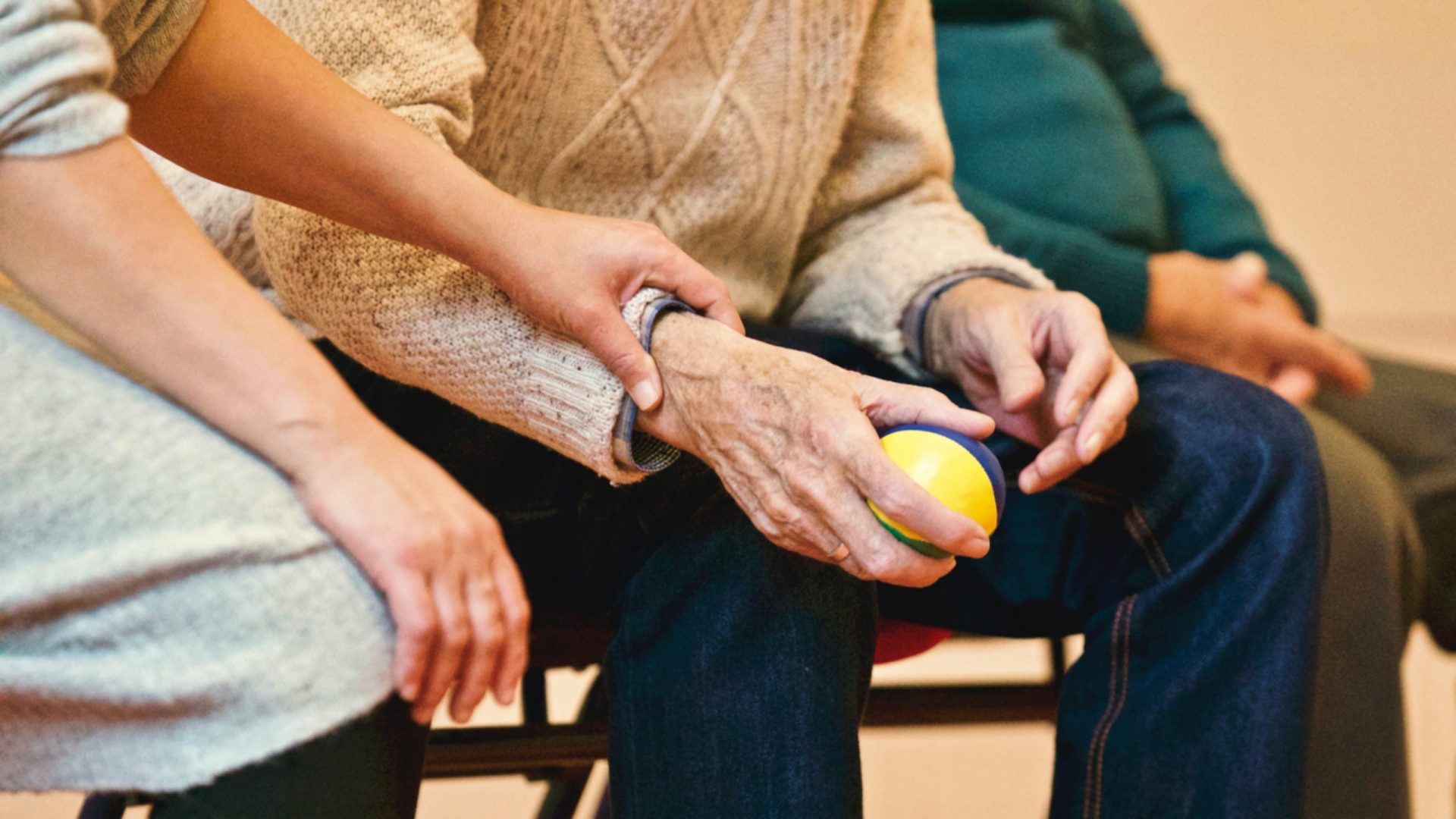Living with Parkinson’s Disease
Parkinson’s is now the second most common neurodegenerative disorder – about 1 in 500 people are affected by this disease. In other words: the likelihood of having this disorder impacting your brain capacity is growing more and more.
Perhaps you know someone who has it, maybe you just got a diagnosis or you simply want to know more about it. Either way, we’re here to show you what causes it, what are its symptoms and how to live with it.
The main causes of Parkinson’s
Parkinson’s is caused by the death of cells in a specific area of the brain called substantia nigra. This area is important because it creates dopamine, an essential chemical for controlling movement, among other brain functions. When these cells die, there is a reduction in the production of dopamine which creates the symptoms associated with the disease.
Unfortunately, we still don’t know what gives origin to this cell loss or how to cure it. Scientists believe a combination of genetic and environmental factors may be at fault.
The Symptoms of Parkinson’s
People affected by this disease are typically over 50 years old. The detectable symptoms tend to develop gradually, becoming worse over time. To better understand them, let’s divide the most common symptoms in two areas: motor (related to movement) and non-motor.
Within the motor symptoms we can find things like tremors, stiff muscles, bradykinesia (slow movement), balance problems, and walking/posture problems. These tend to be the most associated with Parkinson’s and are easily recognizable.
On the other spectrum problems tend to involve memory, attention, and the ability to plan and accomplish tasks. We can distinguish difficulties sleeping, altered sense of smell, fatigue, depression/anxiety, difficulty swallowing/speaking and gut issues. Some claim to have detected these symptoms before the motor ones, but given their similarity to normal ageing occurrences it’s hard to tell.
The Diagnosis
Detection of Parkinson’s disease relies on the presence of typical motor symptoms. Since tremors and slow movements are the most distinctive ones, they tend to be the ones doctor’s look for. This evaluation is made through a neurological test which assesses your nervous system – a simple procedure that requires no preparation.
How to deal with the symptoms
Even though they may feel overwhelming, people with Parkinson’s disease can learn to manage the symptoms. With some work and attention, it’s possible to lead a normal life. Several approaches are available:
- Exercise is very important because it can help regain balance and reduce motor changes. It trains mobility and coordination, areas usually affected by the disease. Massage therapy can also help with reducing tension, as well as hydrotherapy and physiotherapy. Occupational and speech therapies may also be useful with voice disorders, posture and tremors.
- Diet; as in all other areas of life, is essential for providing fuel for our muscles and promoting our well-being. Eating plenty of fruits and vegetables increases our fibre intake which aids our gut health. Drinking a lot of water maintains us hydrated and reduces muscle cramping.
- Medication can assist in reducing the symptoms. The most commonly administered ones focus on increasing the faulty levels of dopamine in the brain.
- Surgery may be recommended when the medication doesn’t work.
Daily life as a person with Parkinson’s disease can be hard, often causing changes to routine and everyday tasks. Although these changes are slow, giving the person time to get adjusted, they still impact their day to day. However, with the correct help from friends, family and support groups these can be managed and coped with.
Plenty of information, resources and advice can be found for those living with Parkinson’s Disease and their families. Book an appointment with us if you’d like to know more.
If you think that you can benefit from professional support on this issue you can reach out here.
Ana Sofia Dantas is in the last year of her Bachelor’s in Psychology at the University of Porto. She is currently an intern at Willingness within the Health Clinic, with a special interest in neuroscience and social psychology.
References :
InformedHealth.org [Internet]. Cologne, Germany: Institute for Quality and Efficiency in Health Care (IQWiG); 2006-. What happens during a neurological examination? 2016 Jan 27. Available from: https://www.ncbi.nlm.nih.gov/books/NBK348940/
Ou, Z., Pan, J., Tang, S., Duan, D., Yu, D., Nong, H., & Wang, Z. (2021). Global Trends in the Incidence, Prevalence, and Years Lived With Disability of Parkinson’s Disease in 204 Countries/Territories From 1990 to 2019. Frontiers in public health, 9, 776847. https://doi.org/10.3389/fpubh.2021.776847
Poewe, W., Seppi, K., Tanner, C. et al. Parkinson disease. Nat Rev Dis Primers 3, 17013 (2017). https://doi.org/10.1038/nrdp.2017.13
https://www.nhs.uk/conditions/parkinsons-disease/
https://www.who.int/news-room/fact-sheets/detail/parkinson-disease







